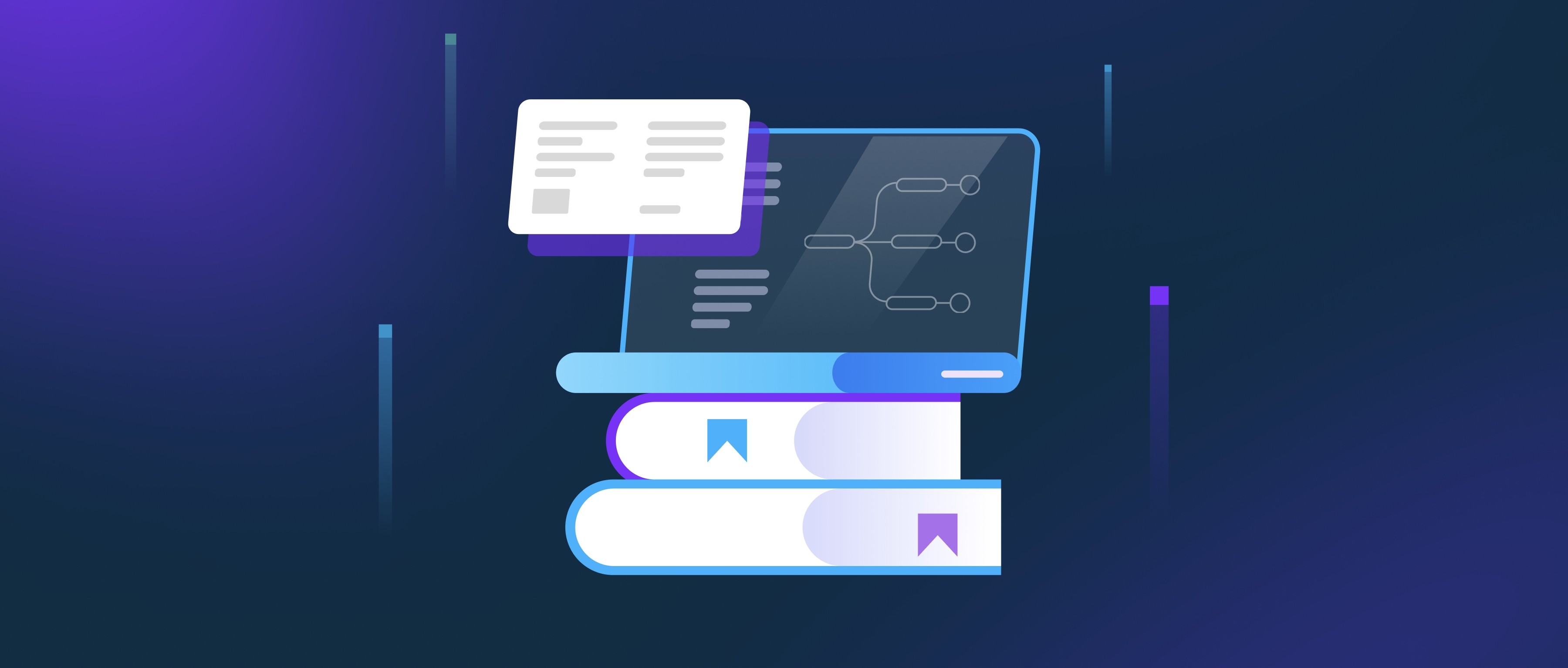Model distillation in deep learning is a technique used to simplify a large, complex model (often referred to as the "teacher" model) into a smaller, more efficient version (known as the "student" model) without significantly losing performance. The main idea is to transfer the knowledge learned by the teacher model to the student model, allowing it to make predictions with lower computational overhead and faster inference times. This process is particularly useful in scenarios where deploying resource-heavy models is impractical, such as in mobile devices or embedded systems.
During model distillation, the teacher model is first trained on the dataset, capturing intricate patterns and relationships within the data. Once this model is established, the distillation process begins. The student model is trained not just on the raw data but also on the teacher model's output, which includes the softmax probabilities or logit scores that represent how confident the teacher is about its predictions. This additional training helps the student model learn from the nuanced behavior of the teacher, enabling it to become more adept at making predictions based on the same input.
For example, consider a scenario where a deep neural network with millions of parameters is used for image classification. This large model might perform exceptionally well on validation datasets, but it can be too slow for real-time applications. By applying model distillation, you can create a smaller model that mimics the teacher’s decision-making process. Suppose your teacher model achieves 95% accuracy. After successful distillation, the student model might achieve 92% accuracy but operate much faster, making it a suitable choice for deployment in environments with limited computational resources. This trade-off between model size and performance is a central aspect of model distillation, allowing developers to enhance the usability of deep learning models in diverse applications.
